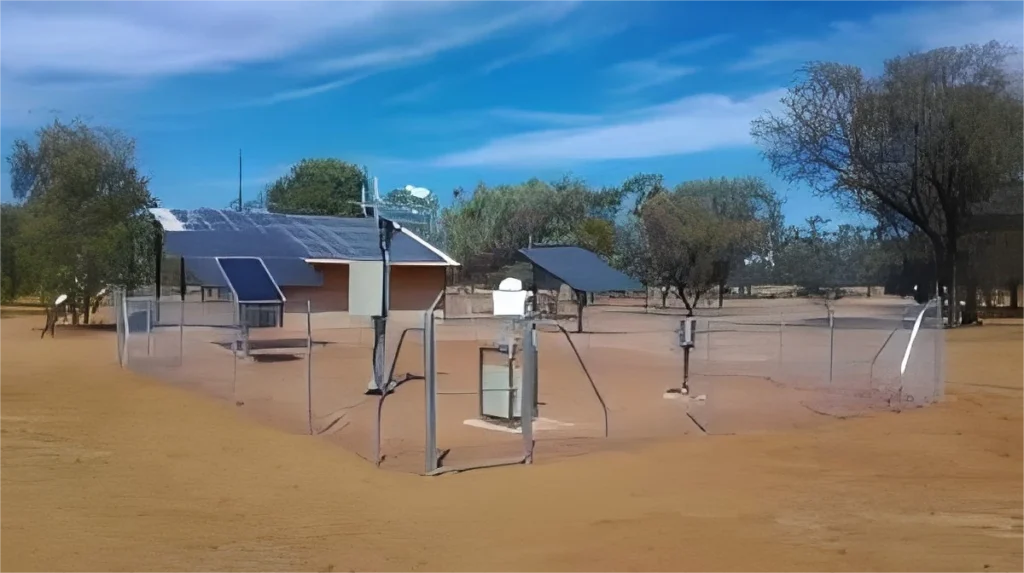
# Disadvantages of Automatic Weather Stations
Automatic Weather Stations (AWS) have revolutionized meteorological data collection by providing real-time, accurate, and continuous weather information. However, despite their numerous advantages, these systems also come with several drawbacks that can impact their effectiveness and reliability.
## High Initial and Maintenance Costs
One of the primary disadvantages of automatic weather stations is the significant financial investment required for their installation and upkeep. AWS units are equipped with sophisticated sensors and communication systems, which can be expensive to purchase and install. Additionally, regular maintenance is necessary to ensure the accuracy and longevity of the equipment, further adding to the overall cost.
## Dependence on Power Supply
Automatic weather stations rely heavily on a stable power supply to function correctly. In remote or off-grid locations, this can be a major challenge. While some AWS units are equipped with solar panels or batteries, these solutions may not always be sufficient, especially during prolonged periods of adverse weather conditions, such as heavy cloud cover or snow.
## Limited Durability in Harsh Environments
Another drawback of AWS is their limited durability in extreme weather conditions. High winds, heavy rainfall, extreme temperatures, and other harsh environmental factors can damage the sensors and other components, leading to inaccurate data or complete system failure. This makes them less reliable in areas prone to severe weather.
## Data Quality and Calibration Issues
Automatic weather stations require regular calibration to maintain data accuracy. Over time, sensors can drift from their original settings, leading to erroneous readings. Without frequent calibration and quality checks, the data collected may be unreliable, which can have significant implications for weather forecasting and climate research.
## Limited Human Oversight
While the automation of weather stations reduces the need for human intervention, it also means that there is less opportunity for on-the-spot verification of data. Human observers can often detect anomalies or irregularities that automated systems might miss. The lack of human oversight can result in undetected errors or malfunctions.
## Communication and Data Transmission Challenges
AWS units often rely on wireless communication systems to transmit data to central databases. In areas with poor network coverage or during severe weather events, communication can be disrupted, leading to gaps in data collection. This can be particularly problematic during critical weather events when timely and accurate data is essential.
## Conclusion
While automatic weather stations offer numerous benefits, including real-time data collection and reduced human labor, they are not without their disadvantages. High costs, power dependence, durability issues, data quality concerns, limited human oversight, and communication challenges are all factors that can impact their effectiveness. Understanding these drawbacks is essential for making informed decisions about their deployment and use in various settings.
